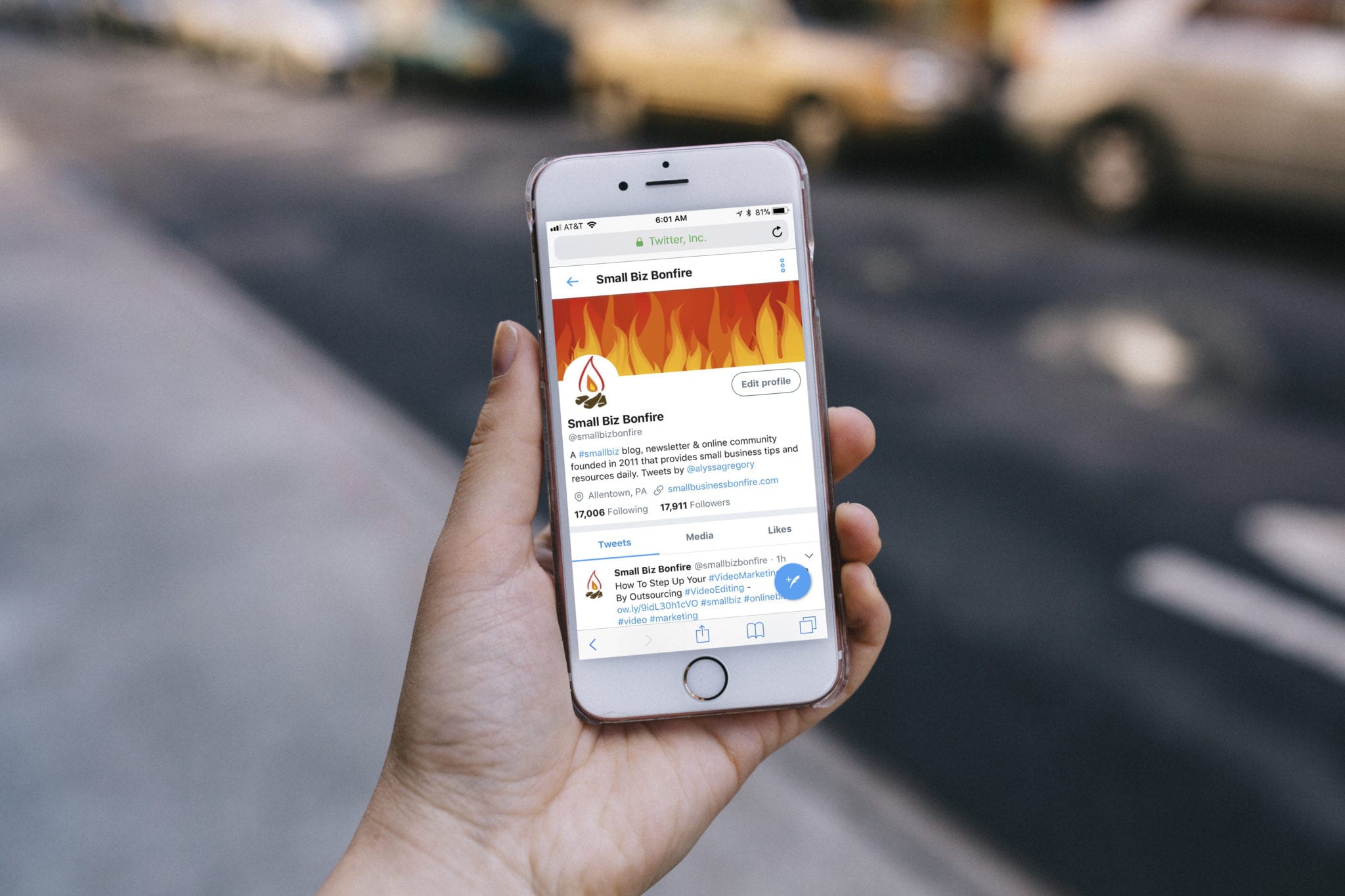The following five progressive web apps have proven to be standouts. Not only do they check every box that a true PWA must, but they have also demonstrated that progressive web apps make a difference for any business, big or small. In the case of every single one of these, that difference was impressive no matter what metric you use.
In every case, the launch of the progressive web app alone gave these companies a boost. No additional advertising or marketing plan needed. The intrinsic features are enough to boost conversion rates and engagement merely because they lower nearly every barrier a user would traditionally encounter. Check out the following five amazing progressive web app examples to see how much better the user experience indeed is.
1. Starbucks
If you are familiar with the Starbucks native app, you might not notice much right off when you look at the progressive web app version. As far as looks and functionality go, it’s nearly a perfect mirror. Beneath the surface, however, the entire app has been rebuilt from the ground up to support every necessary PWA function.
To that end, the Starbucks progressive web app is considerably faster, has no download time, and has a total file size that is 96.6% less than the original native app. That means that everyone that chooses the PWA will free up over 147MB. On most phones, especially if they aren’t upgraded every year, space is precious.
By creating a lighter, faster app, Starbucks was sure to increase their engagement and conversion rate. With fewer barriers, customers are now able to place orders faster than ever, even in areas with questionable coverage. They never have to wait for downloads or updates before they do, either.
2. AliExpress
AliExpress, an Alibaba company, debuted their progressive web app in late 2016. AliExpress is a company dedicated to improving the global shopping experience of their users. The full-featured web store already had a robust web presence and mobile app but thought that adding a PWA to their lineup would bring cohesion to their web presence and improve the experience for mobile users.
Their bet paid off. In just a few months, AliExpress saw a considerable increase in conversions, engagement, and time investment from both new and returning users across the board. No specific browser or platform was responsible for the growth by itself. Instead, creating and launching a progressive web app had single-handedly boosted the AliExpress brand on all platforms and browsers.
To be specific, AliExpress saw a 104% increase in new users. They started to get twice as many page views per user, per session and an average 74% increase in time spent with the app.
3. Twitter
Twitter is used by millions of people every single day. Given that, as a company, they are still looking to expand their reach and improve the communication experience they offer for to an even broader audience. Recently they chose to implement progressive web app technology to do just that. In due course, Twitter Lite was born.
At less than 3% the size of Twitter’s native Android app, Twitter Lite has proven to be a significant boon to anyone who chooses to use it. However, it’s features have been fine-tuned in such a way that it offers something that the traditional Twitter app did not: perfect performance in areas with low and interrupted connectivity or severe data caps. That means that now, Twitter users in rural areas and emerging markets can have the same experience as everyone else.
Giving users the ability to load only the images they want to see and minimizing the data load of the rest has vastly improved loading speeds and data usage for all customers. There’s no doubt that this streamlining is part of the reason that Twitter is now seeing an average 65% increase in pages viewed per session, a 75% increase in Tweets sent per user, and a 20% decrease in bounce rate.
Other notable features include an “add to home screen prompt” and a “push notifications prompt.” Many people are unfamiliar with progressive web apps and how they work. This means they might not realize how to save them for future access. Twitter Lite circumnavigates this issue by prompting users who are already engaged with the PWA to add an icon to their home screen or to accept push notifications.
4. Trivago
The travel reservations company Trivago decided to invest in progressive web apps to provide all of their customers, no matter where they might be, a seamless experience. They realize that not everywhere has the ideal mobile connection and native apps, due to their design, won’t always maintain connectivity when it counts the most. PWAs, just by being lighter, have a better chance of providing the experience Trivago customers need, where they need it.
Trivago’s progressive web app is simple. It scales nicely no matter what device you’re on and has taken the place of their previous web experience. Given that it’s a travel deal aggregation site, the user will eventually be directed to a site outside of the PWA. Depending on the particular company being dealt with that transition could be smooth or less than ideal. However, the Trivago PWA attempts to take care of as much of what it’s users need in-app as possible before directing them elsewhere.
5. Flipkart Lite
Flipkart is one of the most popular e-commerce retailers in India. It has hundreds of millions of unique visitors each month. By the end of 2019, Flipkart is expected to be responsible for 44% of India’s e-commerce market. Needless to say, if their conversion numbers increase by only 1% after launching their PWA, it could mean that millions of people have decided in favor of the change.
So, how did Flipkart’s users respond to the launch of Flipkart Lite? Enthusiastically, to say the least. Users went from spending just over a minute in the app, to 3.5 minutes, on average. For anyone that added that visited the app from their home screen icon rather than the native app icon, the conversion rate increased by 70%. Even better for all of those new and re-engaged users, the average data usage per visit was 3x lower, even figuring in the much higher visit duration.
It was important to the developers behind Flipkart Lite to reduce the data usage and download size as much as possible. They didn’t want to have to turn away any potential shopper just because they had a poor network connection. Given the figures above, the developers succeeded in bringing that vision to life thanks to the technology behind PWAs.
Another notable feature, similar to the Twitter PWA mentioned above, is the use of an “add an icon to home screen” prompt. In this case, the prompts were designed to be helpful to first-time and infrequent users internet users rather than the fact that the app was a PWA. In any case, since the addition of the prompt, visits from the home screen icons have increased. So much so that now 6 out of every ten visits originate from the home screen.
Additional PWAs Worth Checking Out
The progressive web app technology is still young. More great examples are being developed all the time. Yes, we’ve listed the most exceptional examples of the moment here, but that doesn’t mean there aren’t still a handful of other very promising PWAs out there. The following progressive web apps could provide some additional inspiration and food for thought if you still need some.
- Lancome – The luxury beauty brand Lancome rebuilt their web experience as a PWA. Since then, their conversion rate has reportedly increased by 17% overall and 53% on iOS alone. While not as strong as some other numbers, it’s important to keep in mind that Lancome has avoided creating a native app in the past due to lack of consumer enthusiasm.
- Forbes – Forbes decided to move forward with a progressive web app redesign due to the popularity of mobile all over the world. The facts are in: mobile is more popular than desktop. Now is the time to think about mobile formatting first and everything else can follow. Since adopting a progressive web app approach, Forbes has slashed load times across the board by 2 to 12 seconds per page viewed, per user.
- Telegram – Telegram is currently one of the most popular messaging apps in Europe. It has well over a hundred million active daily users and consistently high satisfaction ratings. Given that, it’s still relatively new. Pairing itself with the emerging and powerful progressive web app technology is showing itself to be a fantastic choice. Telegram is one of the best examples of the sheer power of a “progressive” web app’s built-in features. If there’s soothing you can do with a PWA, the developers behind Telegram have found a way to make the most of it.
What These Examples Mean for the Future of PWAs
From these examples alone, it’s easy to see that progressive web apps are the next step for anyone that wants an engaging web presence for their brand or business. This is a powerful new tool that drastically enhances user experience and reduces any misgivings a user might have about trying a new product. Better, it’s a relatively simple technology to use and one that simplifies the application development process before, during, and after launch. And businesses can build mobile-first PWAs by using a progressive web app builder, giving their web presence advanced features. PWAs may still not be a perfect fit for every offering, here you can see how they have produced surprising results for five very different brands.

